It’s hard to open LinkedIn, read a business blog, or skim a newsletter without seeing it:
“Here’s how I use AI to…”
“AI isn’t a strategy, it’s a tool.”
“If you’re not using AI yet, you’re already behind.”
The urgency is real—the tech behind AI feels like it’s getting better by the minute—but so is the overwhelm. And when we chat with our clients and talk to them about how we use AI, we get the same question: “How do we use AI in a way that actually aligns with our business, our team, and our clients?”
So, we thought we’d share what we’ve been exploring at Creative Business Inc. over the last few months:
- What the AI tool landscape actually looks like (and when to use what)
- How to use AI as a collaborator—and how to use it to work better, not just faster
- Why personalization is still your most valuable differentiator—and when to do it
PS: If you want to follow along with our experimentation, we’ve just launched a YouTube and corresponding LinkedIn series about our AI learnings. Follow along here.
Know your tools (because not all AI is created equal)
If “use ChatGPT” has been your only move so far—you’re not alone, and it’s a great start. But knowing which tools and models to use (and when) can make all the difference between mediocre output and powerful support.
Here’s a breakdown of some of the most common options:
- Known for: Versatile general use and rapid ideation
- Best for: Brainstorming, summarizing, drafting, refining language
- What to know: GPT-4 (paid) is more accurate and nuanced. Teams adds critical data privacy features—your inputs don’t train the model.
Claude (Anthropic)
- Known for: Longer memory, more thoughtful tone, “safer” outputs
- Best for: Strategic thinking, long-form text, editing messy transcripts
- What to know: Claude can sound confident even when it’s wrong—double-check critical information.
- Known for: Seamless integration into the Microsoft 365 suite
- Best for: Turning documents into decks, automating spreadsheet analysis, drafting proposals
- What to know: Best used if your business already runs on Microsoft; limited by what your organization has enabled.
Beautiful.AI and Gamma
- Known for: Automated, visually polished slide presentations
- Best for: Fast, clean decks that don’t look DIY
- What to know: Offers professional templates that work especially well when paired with ChatGPT for content structure.
- Known for: Generating high-volume marketing copy
- Best for: Teams that already have structured tone-of-voice guidelines for their brand and marketing efforts
- What to know: Can sound bland without strong brand inputs—always customize.
- Known for: Real-time web results + citations; Google meets ChatGPT
- Best for: Research, fact-checking, generating sources and summaries with links
- What to know: Great for pulling fresh information with clear sources—ideal when accuracy and attribution matter most.
Balancing AI with what makes your business great
If your clients love working with you, it’s probably not because you write fast emails or perfect proposals. It’s because of how you think. Your personalized processes. Your creativity. How you make them feel.
So the biggest question is: how do you use AI without flattening that magic? In our experimentation, we’ve come up with a few thoughts here:
Use AI to start, not to finish
Let the tool give you a structure or draft—but your job is to personalize, nuance, and make it better. Think of AI as your eager rough-draft intern, not your final editor—you provide the quality control and point of view.
Build your brand voice into your prompts
Include phrases like “write this in our tone: warm, confident, and plainspoken.” Or better yet: train a custom GPT to reflect your style. Here’s a great guide for working through this if you’d like to take that route.
Save your energy for human connection
Put another way: automate the brief, but humanize the follow-up. AI can free you up to be more present in client meetings, team 1:1s, and vision settings. Let AI handle the predictable so you can focus on the personal, emotional, and complex conversations that build real trust and move your clients forward.
Write an internal AI usage policy
This is critical even if you’re a small shop. When you set expectations for how AI can be used across deliverables and where human eyes are still required, it helps give you peace of mind and avoids any contractors or collaborators getting into ethical grey zones.
Experiment, but be transparent about it
Tell your team (and your clients) what you’re trying, and invite them into the learning. Honesty and openness is the name of the game here.

